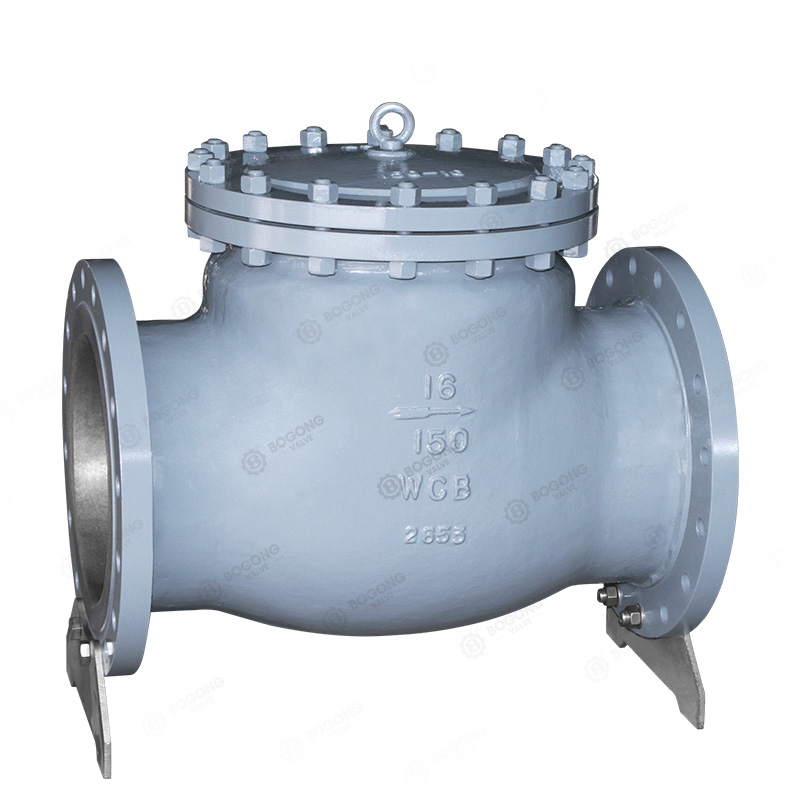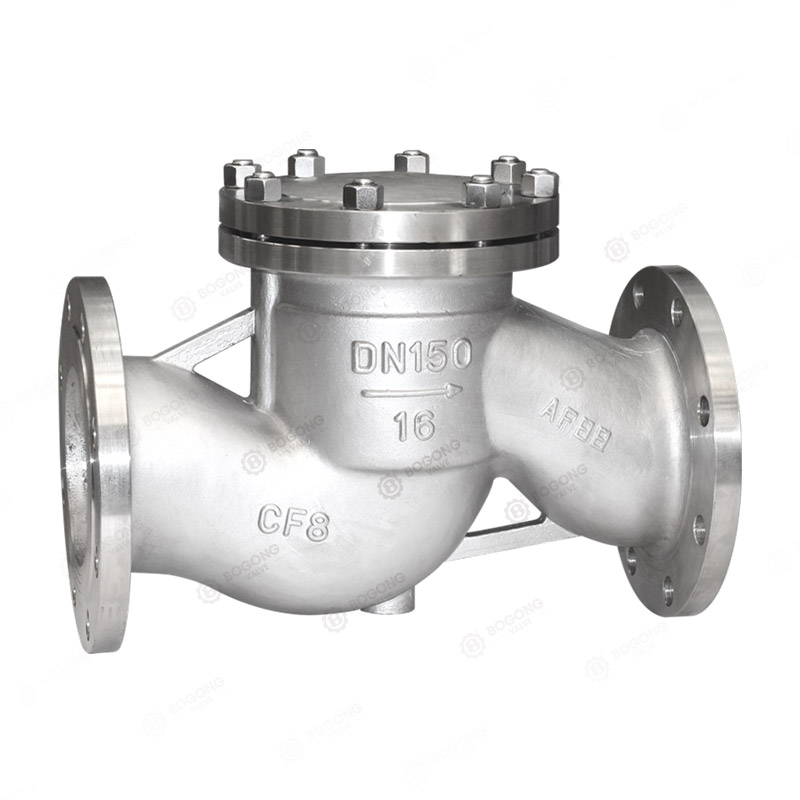bogong valve
Company news
bogong valve
Company news


The five common types of valves include gate valves, butterfly valves, ball valves, globe valves, and plug valves, each with their own advantages and disadvantages. The following is a detailed analysis of the advantages and disadvantages of these five types of valves:
Gate valve
advantage:
Low fluid resistance: When the gate valve is fully opened, the entire channel is straight through, resulting in low fluid resistance.
Small opening and closing torque: Compared with globe valves, gate valves have smaller opening and closing torque.
Unrestricted flow direction of medium: Gate valves can be used on ring network pipelines with unrestricted flow direction of medium.
The sealing surface is less susceptible to erosion: When fully opened, the sealing surface of the gate valve is less susceptible to erosion by the working medium.
Simple structure: The body structure of the gate valve is relatively simple, and the manufacturing process is good.
Short structural length: The structural length of gate valves is relatively short, making it easy to install and arrange.
Disadvantages:
Large external dimensions and opening height: requires a large installation space.
Significant wear on the sealing surface: During the opening and closing process, the sealing surface experiences relative friction and significant wear.
Difficulties in processing and maintenance: Gate valves usually have two sealing surfaces, which pose certain difficulties in processing, grinding, and maintenance.
Long opening and closing time: Compared to other valves, gate valves have a longer opening and closing time.
butterfly valve
advantage:
Simple structure: Butterfly valves have a simple structure, small size, light weight, and save on consumables.
Quick opening and closing: The butterfly valve operates quickly and has low flow resistance.
Wide applicability: It can be used for media with suspended solid particles, as well as for powder and granular media.
Disadvantages:
Small flow regulation range: When the butterfly valve is opened to a certain angle (such as 30%), the flow rate approaches the maximum value.
Not suitable for high temperature and high pressure: Due to the limitations of butterfly valve structure and sealing materials, it is not suitable for use in high temperature and high pressure pipeline systems.
Relatively poor sealing performance: Compared with ball valves and globe valves, butterfly valves have poor sealing performance.
ball valve
advantage:
Low flow resistance: Ball valves have the lowest flow resistance (actually 0).
Wide applicability: It can be reliably used in corrosive media and low boiling point liquids.
Reliable sealing: It can achieve complete sealing within a large range of pressure and temperature.
Quick opening and closing: It can achieve rapid opening and closing, and the opening and closing time of some structures is very short.
Compact structure: The ball valve has a compact structure and light weight, making it an ideal choice for low-temperature medium systems.
Disadvantages:
Sealing material limitations: The sealing ring material of the ball valve seat (such as polytetrafluoroethylene) has a low high temperature resistance rating and is sensitive to cold flow, and the sealing reliability is affected by temperature.
Relatively poor regulation performance: Compared with globe valves, ball valves have poor regulation performance.
Globe valve
advantage:
Wear resistant: During the opening and closing process, the friction between the valve disc and the sealing surface of the valve body is small, making it wear-resistant.
Small opening height: The opening height is generally only 1/4 of the valve seat channel, much smaller than gate valves.
Good manufacturing processability: Usually there is only one sealing surface on the valve body and disc, which has good manufacturing processability and is easy to maintain.
High temperature resistance level: Due to the fact that its filler is generally a mixture of asbestos and graphite, the temperature resistance level is relatively high.
Disadvantages:
High flow resistance: Due to the change in the flow direction of the medium through the valve, the minimum flow resistance of the shut-off valve is also high.
Slow opening speed: Due to the longer stroke, the opening speed is slower than that of a ball valve.
Plug valve
advantage:
Quick opening and closing: The plug valve opens and closes quickly and easily.
Low fluid resistance: The fluid has less resistance when flowing in a plug valve.
Simple structure: The plug valve has a simple structure, small volume, light weight, and is easy to maintain.
Good sealing performance: The sealing performance of the plug valve is good.
The flow direction of the medium can be arbitrary: limited by the installation direction, the flow direction of the medium can be arbitrary.
No vibration and low noise: The plug valve has no vibration and low noise during use.
Disadvantages:
High torque: For large-sized plug valves, due to the large cover, the torque may be high, affecting the flexibility of opening and closing.
Limited caliber: Due to its own weight, the caliber size of the plug valve may be limited to some extent.
The sealing effect is easily affected: In practical use, if large-sized valves are used, a reverse plug structure may be required, which may affect the sealing effect.
In summary, each type of valve has its unique advantages and disadvantages, and the selection should be comprehensively considered based on specific usage scenarios and needs.